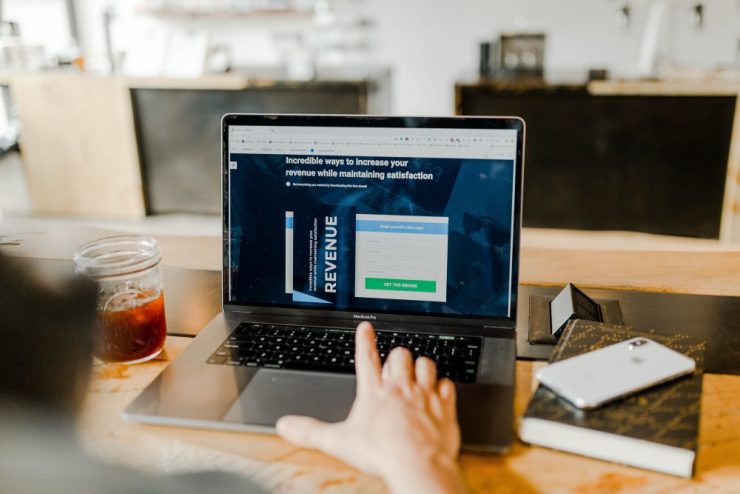How to generate more leads? This is a question that all B2B businesses are trying to answer by relying on different inbound and outbound B2B lead generation methods.
With the explosion of data and day-to-day technological disruption, B2B companies have a new weapon in the lead generation arsenal – AI and machine learning.
In his presentation at Data Innovation Summit 2019, Pierre Deville, Head of Data Science and Analytics at Bisnode brought us closer to how the AI evolution can benefit one of the most crucial problems organisations are facing, i.e. finding companies that are most likely to buy their products and services through lead generation.


Traditional approaches for lead generation
Traditional B2B lead generation methods cover marketing and sales activities with the aim of capturing leads and seeing them through all the steps in the funnel.
The most used lead generation methods that companies are relying on so-called “offline firmographic data”, states Pierre. This data is officially published by companies and is structured and static, for example, financial reports. It offers very low granularity in terms of company activity, meaning doesn’t present a real image of the company’s operations. And in the case where AI and machine learning are applied for generating leads, it’s usually traditional predictive methods and statistics.


How AI can help and automate lead generation
Besides this official offline data, there is contextual data available online about companies which can give more dynamic and accurate information.
In order to leverage this contextual online data, Pierre puts forward three key aspects to consider:
- Most of the information available online is completely unstructured in an audio, video, image and text format.
- Multiple AI paradigms should be used together in order to efficiently process all this unstructured data. For example, deep learning for image recognition, NLP for text analysis, etc.
- Automation and scalability are crucial in terms of storage and processing, but also geography and languages.
Machine learning pipeline for B2B lead generation
Pierre described a machine learning platform that facilitates B2B lead generation relying on contextual information consisted of three parts: enrich, learn and predict.
Enrich
The first step – enrichment – refers to detecting pieces of information associated with companies that might be interested in your products. These pieces of online information can be website content, types of products, publications, images, job posts, partnerships, links.
Pierre points out that there are two ways to find out the above information about a company:
- Website identification – Training machine learning algorithms to analyse search engine results and recognise website features of specific companies.
- Company mentions – Utilising NLP to analyse millions of news website RSS feeds to find out pieces of text in which the company’s name is mentioned.
The online information can be combined with offline information such as financial reports, company size, revenue, industry codes to get a comprehensive insight into the company.
Learn
The second step is automatically extracting useful information from the unstructured data. When the company website is already known, pattern matching is used to detect the product page. With the help of training data containing a data set of our top clients and a data set of irrelevant clients, the product page is analysed with Naïve Bayes Classifier so we find out keywords that matter.
Images can be analysed the same way by utilising deep learning and convolutional neural networks to translate them into keywords and labels to determine if the lead is relevant.
We can also discover how companies interact with one another by detecting networks among them. Analysing thousands of websites and hyperlinks between companies, we can construct a huge network of companies. These networks are translated into numerical features that can be fed into a machine learning model.
When all features are structured and turned into numerical features, they are combined with a machine learning algorithm, such as Gradient Boosting.


Predict
The final stage is the prediction where all the companies we deem relevant are enriched and fed into the model. The result is a lead score for each of the companies.
A real-life example of traditional vs. automated approach
To provide a tangible example of the advantages of AI-supported and automated B2B lead generation, Pierre describes a specific project where they sourced leads for a client in the technical textile industry. The offline company information of the industry code stated that a potential lead was engaged in manufacturing women’s hosiery and pantyhose which was far from the client’s target audience. But the machine learning algorithm analysing online and offline data discovered features that perfectly match a plausible lead with a lead score of 98%.


This way, the machine learning platform for B2B lead generation helped Pierre’s client acquire very relevant leads that would have been otherwise disregarded if they only relied on traditional lead generation approaches. And what’s even more, the performance of their lead generation efforts enabled by the machine learning platform reached 92% precision, compared to the standard lead generation precision score of 13%.















Add comment